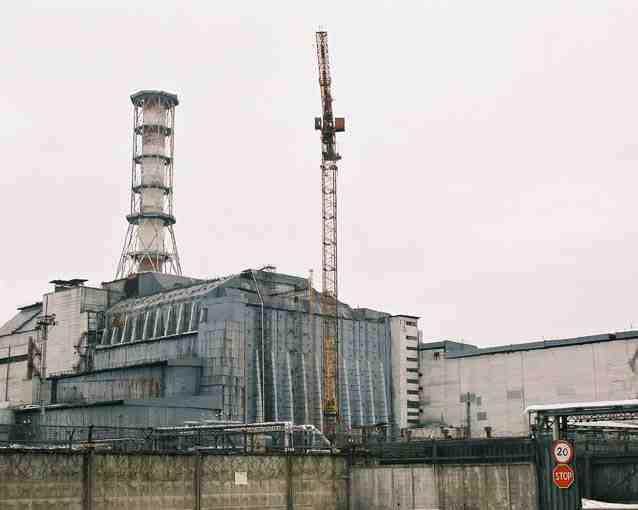During the production phase of the nuclear process the energy generated is free of greenhouse gas emissions. Although waste is produced, it is exponentially smaller than that of coal, the leading fossil fuel. While 1 GW of energy produced by coal results in 8,000,000 tons CO2 released into the atmosphere, 1 GW of energy produced by a nuclear reactor results in 20 tons of nuclear waste that can be stored in two large casks (Brand, 2009). The worldwide debate that started in the mid-twentieth century over the true danger of having a nuclear reactor in one's backyard continues today. Supporters of nuclear energy assert that it is simply hysteria that causes the concern, especially in the US where there have been no direct fatalities in the nuclear sector (World Nuclear Association, 2009). Most citizens that oppose nuclear power fear radiation leakages and the possibility of a meltdown in their communities.

Case Study: Chernobyl
In April 1986, the Chernobyl nuclear plant exploded in the town of Kiev, causing a fire that lasted for 10 days. Consequentially, massive amounts of radiation were released into the air, contaminating an extensive geographical area including several towns in Belarus, Ukraine, and Russia. The radioactive fallout from this event forced the relocation of more than 350,000 people. Some reports estimate that 56 direct deaths were caused by exposure to the radiation and as many as 4,000 extra cancer cases may have led to death. (BBC, 2006)

Chernobyl is just one example of the tremendous damage that a nuclear reactor can cause. Security and technology have increased since the disaster, yet the threat still exists. The vast majority of nuclear plants will never experience such an explosion but if this were to occur again, thousands of people would be exposed to radioactive matter and immense stretches of land would be rendered useless.
Back to Production Main Page